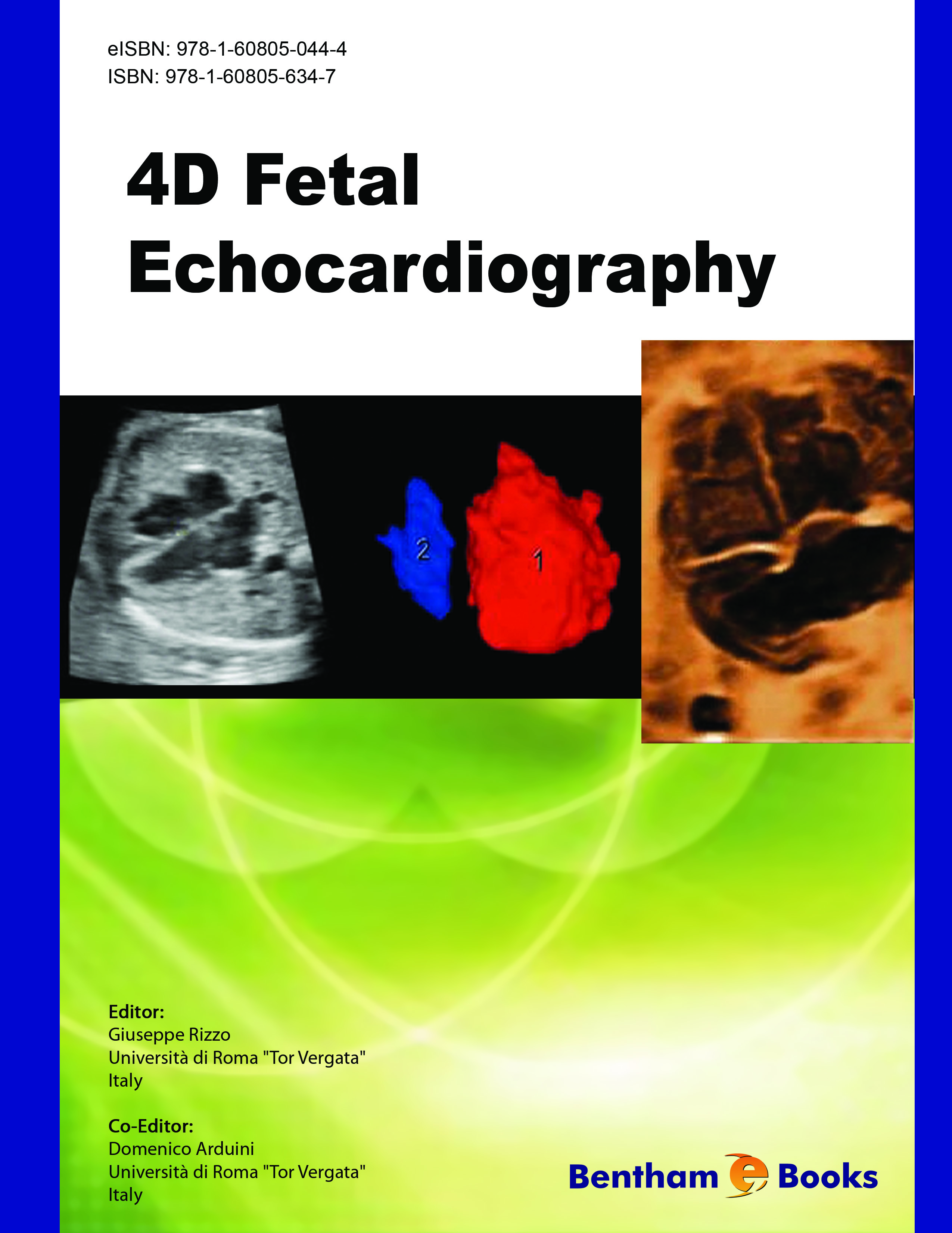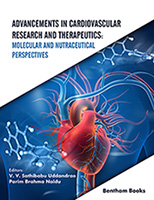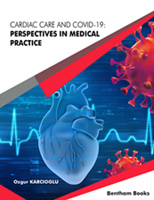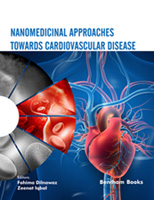Introduction
Congenital heart defects (CHD) are the most frequent malformation in the human fetus and are the leading cause of mortality due to malformations in the first year of life. Despite its clinical importance screening performed by ultrasonographic examination during the second trimester of pregnancy has shown disappointingly low detection rates mainly due to the difficulties in obtaining an adequate examination of the fetal heart. Four-dimensional (4D) ultrasound of the fetal heart has been recently suggested as a tool to improve the detection rate of CHD by decreasing the dependency on operator skills required in two-dimensional ultrasound scans but up to now no practical manuals are available in describing its application in clinical practice for the study of fetal heart. The objective of this Ebook is to explain the role of 4D during second trimester examination and in fetuses with CHD. The technique of obtaining 4D volume of the fetal heart, how to navigate in the volume to obtain diagnostic planes and how to use semiautomatic and automatic software of analysis are described. We believe that after reading this book the standard fetal cardiac anatomy survey can be performed in the second trimester fetus by 4D in both normal and abnormal hearts. This approach may reduce the operator dependency in diagnosis CHD. This Ebook should prove to be a valuable resource for obstetricians, sonographers and pediatric cardiologists.





